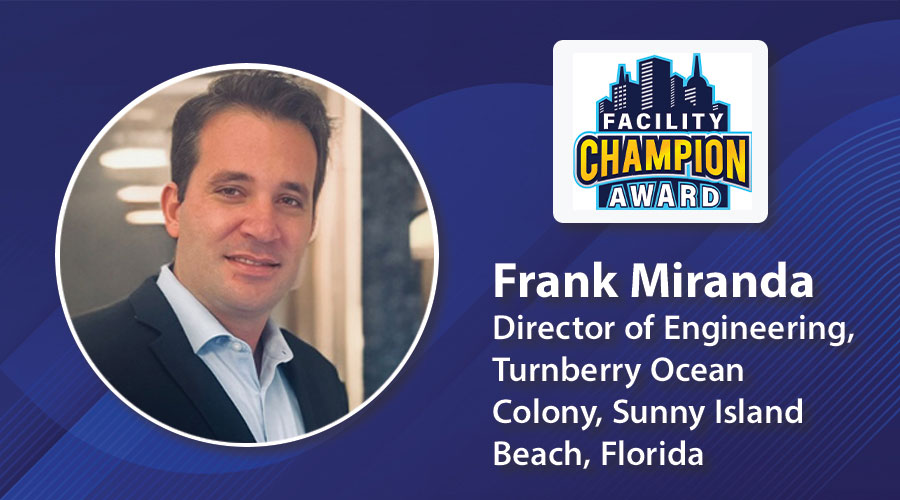The Role of Technology and Young Facility Managers
Young people moving into facility management, especially those with an FM degree, have an unprecedented comfort level with technology that is both sophisticated and subject to rapid change. That attitude can be a double-edged sword. While it is an asset to leverage in the current climate of energy-saving measures, the willingness to embrace new technology can put the newcomer at odds with older members of the department. More veteran staff are more skeptical of the benefits of new technology and more aware of the risks that new products can bring with them.
On both counts, young FMs are likely to experience frustration. For one thing, in many organizations, facilities management has been done for years without such innovations as bar coding, and the existing team might be hesitant to change how things have been done.
“They’ve been doing the same thing for many, many years and they think it works for them,” says Anne Moser, facility management consultant with Facility Engineering Associates. “They don’t want to change.” Even if the upper management understands the benefit of a new technology, the hurdle is getting staff buy-in.
Another hurdle is the cost of new technology. Even if an organization wants to try something new, it just might not be easy to get the funds to do so. That’s where the young FM’s desire for new technology can be a significant benefit to an organization. Facility executives are primary advocates for facility technologies that can help the organization as a whole. Young FMs will have to learn how to discern which technologies to fight for by identifying which new systems will help internal clients meet their needs.
In the arena of energy-saving or green technologies, the first step is to assess who the client is and what level of risk they will accept, says Jack Althoff, manager of portfolio engineering for Equity Office. The big institutional owners he usually works for accept less risk than a small developer might, he says.
“I’m generally the one that says it’s a good or bad thing,” Althoff says, “If I see something where they win, the environment wins and there are no issues, I usually tell them it’s a good thing to do.”
However, even if a technology is well-received elsewhere in the world, in Althoff’s experience, facilities in the U.S. don’t want to be among the first to try it out. One example is chilled beam technology. Though he recognizes its success in places like Australia, it hasn’t been on the American market long enough to fit into the risk profile of his clients.
One way to get an organization to accept a new technology is to clearly show that it’s fail-safe. “You really have to pick items where you can show immediate reasons why you should do it,” he says. “You have to start with items that they can very easily say yes to.”
With energy prices increasing, convincing organizations to invest in energy-saving technology is an easier sell for facility executives. Althoff suggests that in addition to pursuing cutting-edge technologies, young FMs familiarize themselves with proven technologies and strategies from other parts of the country that might be applicable to their facilities. For example, facility executives in the Midwest could borrow a practice from Phoenix where buildings are started early in the morning to take advantage of the cool air.
“You want to pay attention to what people do regionally because they have to,” Althoff says. “It can be useful to apply those strategies to an environment where it isn’t mandatory but could provide energy savings.”
Understanding how energy and technology interface in facilities is a skill Althoff thinks young FMs would do well to learn. This includes understanding which systems have the greatest impact on energy consumption and which systems work best in what building types as well as explaining paybacks to a non-FM audience. That way a young FM can advocate for his or her facility amidst an entire portfolio of facilities.
“That would get my attention, if you could speak to how this building operates and give some ideas that would benefit not only the building, but the tenants and the owner,” Althoff says. “If you can get those people involved in the change, then you’ll get recognized.”
Related Topics:












